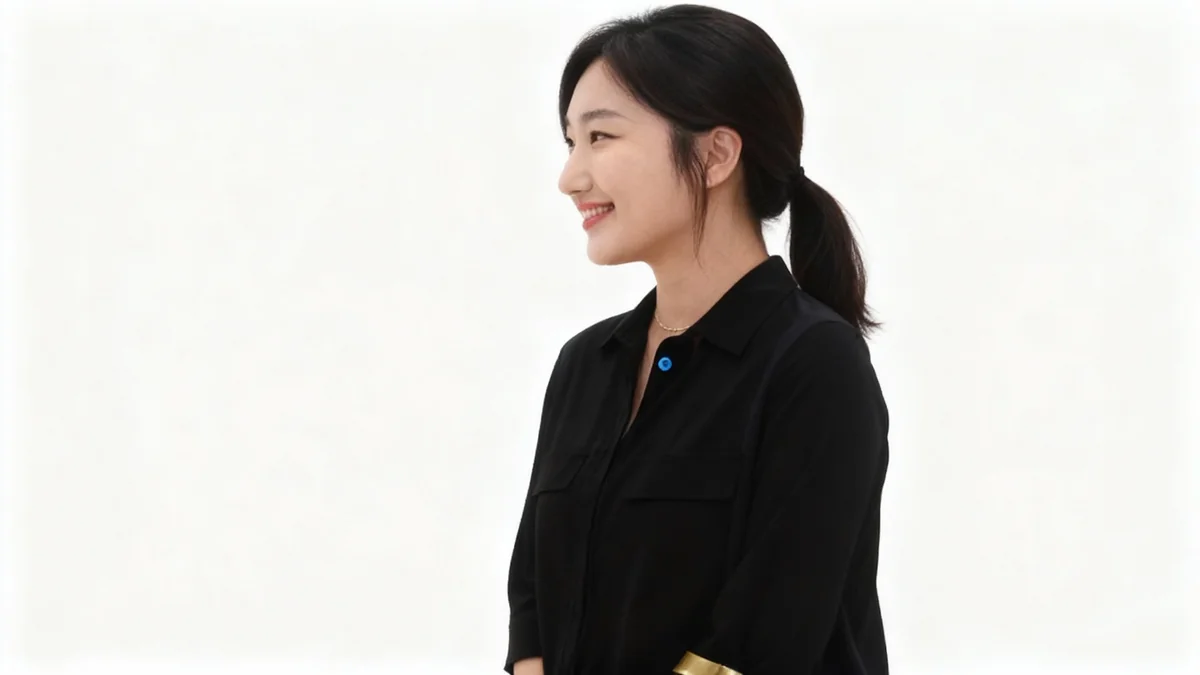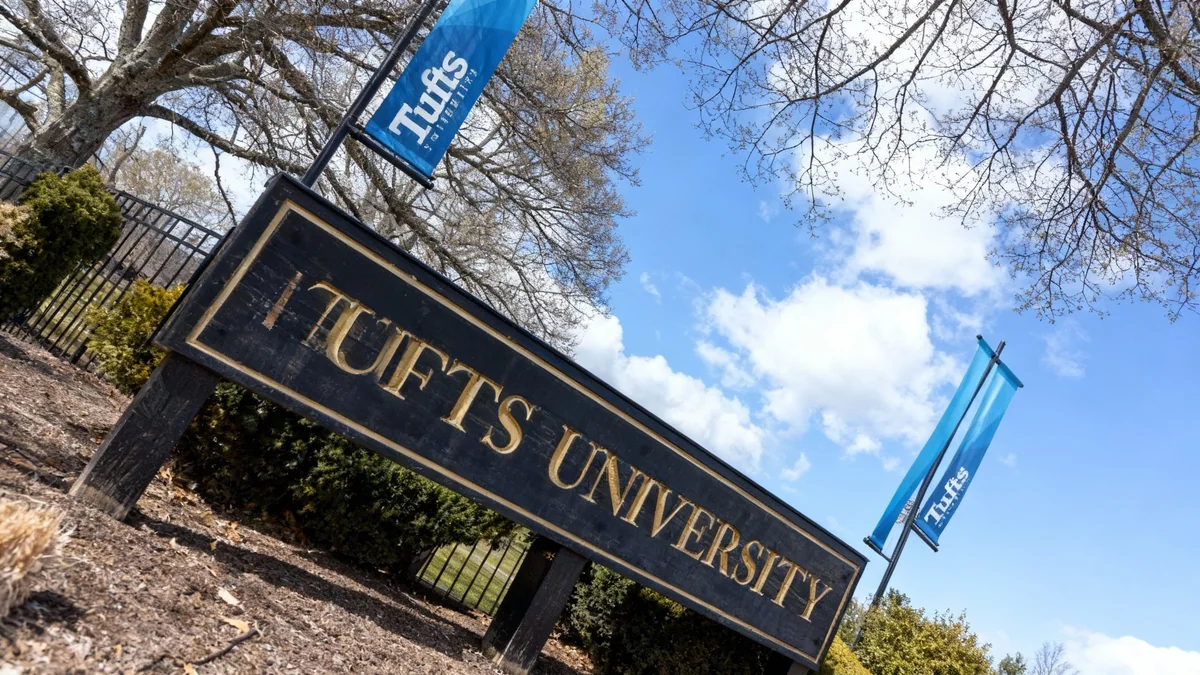More than half a million South Korean students completed the annual College Scholastic Ability Test (CSAT) on Thursday, a pivotal day that can shape their future careers. For the second consecutive year, the national exam was administered without so-called "killer questions," continuing a government policy aimed at reducing reliance on costly private tutoring and focusing on the public school curriculum.
Key Takeaways
- Over 500,000 students took the 2026 College Scholastic Ability Test (CSAT), or Suneung.
- The exam was designed without "killer questions" for the second year, a policy to curb private education dependency.
- Test-setters focused on core concepts from the high school curriculum to ensure fairness.
- The mathematics section was reported to have a similar difficulty level to last year's test but included questions to differentiate top-tier students.
A Shift in National Testing Philosophy
On Thursday morning, officials confirmed the direction for this year's Suneung. The exam, a rite of passage for South Korean youth, was intentionally designed to align strictly with the material taught in public high schools. This marks a significant shift away from the previous inclusion of extremely difficult problems that critics argued were inaccessible without expensive private academy instruction.
Kim Chang-won, who led this year's Suneung question-setting committee, stated that the test was developed to have an "appropriate level of difficulty." He emphasized that the goal was to create a fair assessment based on public education standards.
"We excluded questions advantageous to students who learned test-taking tricks in private academies," Kim explained during a briefing. "This year’s exam was developed to ensure sufficient differentiation solely through content taught in public education."
The committee's approach focused on core, fundamental content outlined in the 2015 revised high school curriculum. This strategy is part of a broader government effort to normalize high school education and lessen the financial and academic pressure on families who feel compelled to invest heavily in private tutoring, known as hagwons.
Dissecting the 2026 Exam Sections
Early analysis from education experts suggests the test-makers largely succeeded in their goal of maintaining a consistent difficulty level while still challenging students. Each section was crafted with specific educational objectives in mind, moving away from rote memorization toward deeper comprehension.
Mathematics and Differentiation
The mathematics section was a key area of focus. While its overall difficulty was considered similar to the previous year's exam, analysts noted the inclusion of several high-level questions. These were reportedly designed to effectively distinguish among the highest-performing students without resorting to material outside the curriculum.
Shim Joo-seok, a mathematics instructor for the Educational Broadcasting System (EBS) and a teacher at Incheon Haneul High School, confirmed this assessment. "The test maintained its public-education-centered framework built on core concepts while strengthening separation among upper-rank groups," he said at the government briefing.
Focus on Concepts, Not Calculation
The mathematics portion of the exam intentionally avoided overly complex calculations. Instead, it prioritized a student's conceptual understanding and their ability to integrate different mathematical ideas to solve problems.
Language and Reasoning Skills
The Korean language section was structured to evaluate students' ability to understand and interpret a variety of texts. Questions required them to apply their knowledge to unfamiliar materials, testing creative thinking and analytical reasoning rather than simple recall.
For the English section, which is graded on an absolute scale, the questions utilized vocabulary commonly found within the high school curriculum and frequently appearing on past tests. The committee head dismissed concerns about the percentage of students achieving the top grade, stating the focus was purely on measuring language proficiency accurately.
A Nation on Pause
The day of the Suneung is a unique event in South Korea, where the entire country seems to hold its breath. To ensure students arrive at testing centers on time, police manage traffic at major intersections, and some public offices adjust their opening hours. The stock market even opens late.
This year, the typically frigid "Suneung cold wave" was absent, replaced by milder temperatures. Outside test sites across the nation, a familiar scene of support unfolded. Parents and teachers offered last-minute hugs and words of encouragement. At many schools, younger students formed cheering squads, holding placards and chanting motivational songs as their seniors entered the exam halls.
A Day of National Significance
The Suneung is more than just a university entrance exam; it is a major cultural and social event. The results are widely seen as determining not only university placement but also future job prospects and social standing, placing immense pressure on students from a young age.
Temples and churches also saw an influx of visitors from early morning, as family members gathered to pray for their children's success on this long-awaited day.
The Road Ahead for Students
With the eight-hour exam now complete, the focus shifts to the university admissions process. Universities will soon begin their rolling admissions reviews and conduct interviews for early-decision applicants.
The official Suneung scores are scheduled for release in December. Following their publication, the regular admissions period will commence, involving additional essays, practical exams, and a nationwide application window that extends into early next year.
The continued ban on "killer questions" will be closely scrutinized as results are released. Educators and policymakers will be watching to see if the policy achieves its intended effect of leveling the playing field and validating the public education system, all while accurately assessing the academic capabilities of the nation's next generation of leaders.





